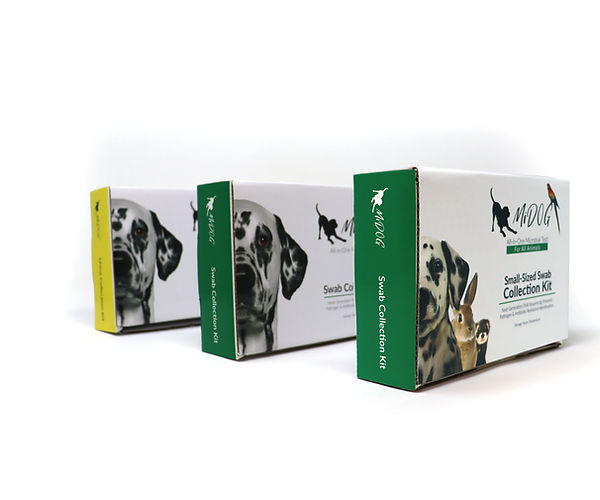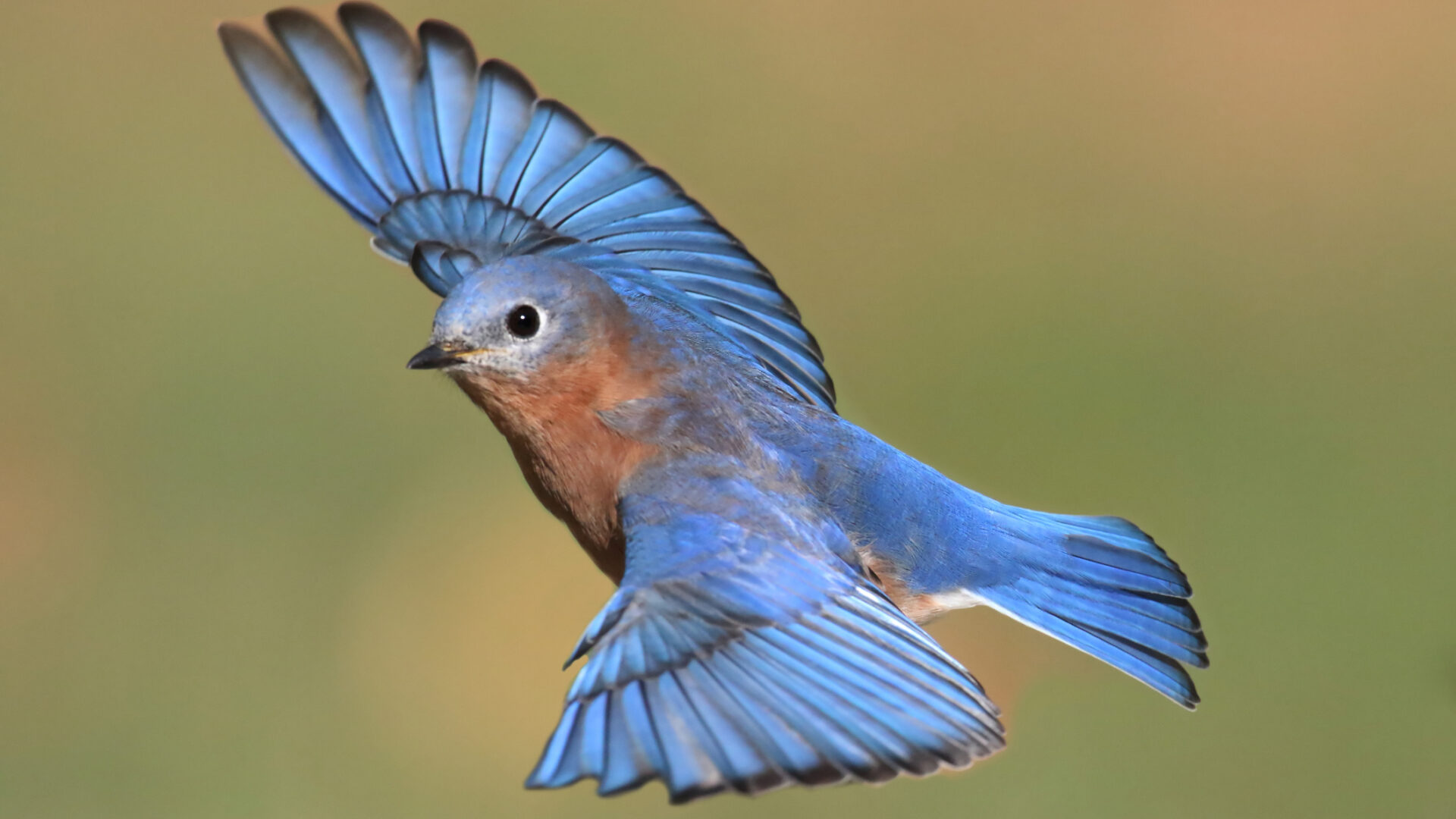
While aspergillosis can affect any species of birds, several parrot species including macaws, African greys, and amazons are predisposed.
Just like humans, birds can experience fungal infections too! Aspergillosis is a common fungal infection in pet birds that impacts both the upper respiratory tract (eyes, sinuses, nose, and trachea) and lower respiratory tract (lungs and air sacs). This infection is caused by opportunistic fungi from Aspergillus spp., and can be challenging to identify and resistant to treatment. Consequently, it is important for any bird owner to be aware of signs of this difficult-to-diagnose disease.
Aspergillosis is painful for your feathery friend and if left untreated can result in serious health complications and death. If you suspect your bird has aspergillosis, bring your pet to your exotic veterinarian as soon as possible.
What Causes Avian Aspergillosis?
While only a small percentage of known Aspergillus spp. are associated with aspergillosis manifestation in pet birds, A. flavus is identified as the most prevalent aspergillosis-associated fungus (present in 95% of cases) [1]. Several species have also been reported in affected birds, including A. terreus, A. versicolor, A. oryzae, A. nidulans, A. amstelodami, A. glaucus, and A. nigrescens [1]. Notably, mixed infections in parrots with A. fumigatus and A. oryae have been reported, which could have substantial implications for treatment approaches [1].
Aspergillus spp. live and feed on dead organic matter, and are found in soil, decomposing organic matter, household dust, building materials, plants, food, and water [2]. These opportunistic fungi are transmitted through spores, and are not contagious [2]. Because these microorganisms are capable of both acute and chronic presentations, providing proper standards of avian husbandry in low-stress environments is key to reducing transmission rates [3].
Learn more about proper avian husbandry here.
What are the Symptoms of Avian Aspergillosis?
Avian aspergillosis can be either acute or chronic. Chronic aspergillosis more often impacts older birds and progresses slowly [4]. This causes symptom presentation to be vague and difficult to identify, which allows the disease to go unidentified for an extended period of time. Advanced stages associated with chronic aspergillosis have poor outcomes [4]. Contrastingly, acute aspergillosis often occurs in younger parrots, and is caused by an overwhelming concentration of fungal spores [1]. Acute aspergillosis is rapidly progressing and requires immediate intervention, but has better outcomes [1]. Risk factors for avian aspergillosis infections include stress, environmental conditions, inappropriate husbandry, nutritional deficiencies, immunosuppression, trauma, long-term antibiotic use, pre-existing conditions, corticosteroid use, and more [5].
Clinical presentation of avian aspergillosis is impacted by the infection load, stress, age, and location of the infection [5]. It is important to know the clinical presentation of the disease when symptoms arise, as early intervention is critical. Symptoms vary greatly depending on the extent of the infection, and include but are not limited to:
- Weight loss
- Tail bobbing
- Fluffed feathers
- Open beak breathing
- Lethargy
- Difficulty breathing
- Weakness
- Enlarged nostrils and/or discharge
- Excessive thirst and urination
- Photophobia
- Ocular discharge and/or cloudy appearance in the eye
- Paralysis

African Greys are particularly susceptible to aspergillosis.
Avian Aspergillosis Treatment
Fortunately, avian aspergillosis is not a zoonotic disease, meaning that it cannot transfer to humans [2]. Your exotic pet veterinarian will test your feathery friend to determine the exact cause of your pet’s infection. Unfortunately, treatment for avian aspergillosis is particularly difficult due to immune responses that actually make it more challenging for drugs to access the fungal spores [5]. Treatment is a long process that may include oral, intravenous, topical, and aerosolized antifungal medication, and may also require surgical removal of fungal plaques [5]. Further supportive care may be necessary. Ultimately, prevention is best.
Your exotic bird veterinarian can help you identify possible lifestyle changes you and your bird can make to improve their quality of life and lessen the risk of avian aspergillosis infection. This entails understanding the exact pathogen that is impacting your bird, with modern technological advances allowing for more targeted clinical diagnostic interventions.
Diagnosing Avian Aspergillosis
Several different tests are required to properly diagnose your pet bird for aspergillosis. Historically, serologic antibody tests have been used for this purpose, but can have “false negative results because a healthy immune system is needed to mount antibody response, and many birds with aspergillosis have poorly functioning immune systems”[6]. Considering Aspergillus spores are common environmental contaminants, these spores often present to many healthy birds [6]. These birds can then make antibodies to Aspergillosis even if they are not actually infected, resulting in many false positives.
Fortunately, Next-Gen DNA sequencing (NGS) has increasingly helped researchers and veterinarians characterize avian microbiota, and presents a more accurate alternative to serology tests. These tests are able to identify the presence of Aspergillus DNA in blood or other tissues accurately and quickly, and are increasingly becoming the preferred method of avian fungal infection diagnostics.
Despite its name, the MiDOG All-in-One Microbial Test may provide the answer to the diagnostic conundrum that avian aspergillosis poses on your feathery friend. Utilizing NGS technology to detect and quantify all microbial DNA through untargeted and comprehensive sequencing and quantitative comparisons to reference databases, the MiDOG NGS technology provides a useful opportunity to shed light on the microbial makeup of your bird’s infection for clinical application. The MiDOG microbiome test is a microbial identification test grounded on scientific research that provides veterinarians DNA evidence for the guided treatment of fungal bird infections, such as aspergillosis.
Learn more tips in this extensive guide to parrot care.

Find out if your vet uses MiDOG before you book your next appointment!
For health-related questions about your ferret or other exotic pet, reach out to a veterinarian that specializes in exotic pets.
References:
[1] Arné, P., Risco-Castillo, V., Jouvion, G., Le Barzic, C., & Guillot, J. (2021). Aspergillosis in Wild Birds. Journal of fungi (Basel, Switzerland), 7(3), 241. https://doi.org/10.3390/jof7030241
[2] Aspergillus spp Pathogen Safety Data Sheet. Public Health Agency of Canada
[3] Beernaert, L. A., Pasmans, F., Van Waeyenberghe, L., Haesebrouck, F., & Martel, A. (2010). Aspergillus infections in birds: a review. Avian pathology : journal of the W.V.P.A, 39(5), 325–331. https://doi.org/10.1080/03079457.2010.506210
[4] Mayer, J., & Huang, J. (2022). Avian Aspergillosis: What Every Veterinarian Needs to Know. Retrieved from https://todaysveterinarypractice.com/exotic-medicine/avian-aspergillosis/
[5] Hoppes, S. (2022). Mycotic Diseases of Pet Birds – Exotic and Laboratory Animals – MSD Veterinary Manual. Retrieved from https://www.merckvetmanual.com/exotic-and-laboratory-animals/pet-birds/mycotic-diseases-of-pet-birds
[6] Axelson, R., & Hess, L. (2022). Aspergillosis in Birds | VCA Animal Hospital. Retrieved from https://vcahospitals.com/know-your-pet/aspergillosis-in-birds
Categories: Birds/Parrots, Exotic Pets, Next-Gen DNA Sequencing Technology, Respiratory Infection, Skin Health

